That moment when you finally nail the perfect shot, but a weird light flare ruins everything. Frustrating, right? Enter the unsung hero of photography gear: the lens hood.
Think of a lens hood like sunglasses for your camera. Just as you shield your eyes on bright days, your camera needs protection too.
Many new photographers ignore this small attachment and wonder why their photos look washed out or have strange light spots. Have you been there?
A lens hood does more than block unwanted light. It can also protect your expensive lens from bumps and scratches when you’re out shooting. It’s like having a tiny bodyguard for your camera.
This guide explains exactly what a lens hood does and why you might want to use one for your photos. There are no complicated terms, just practical tips to help you take better pictures.
What is a Lens Hood and What is it Used For?
A lens hood is a simple attachment that fits on the front of your camera lens. It’s typically made of plastic or metal and has a circular shape with edges that extend outward.
The main job of a lens hood is to:
- Block stray light from entering your lens
- Prevent lens flare and glare in your photos
- Improve image contrast and color richness
- Protect your lens from accidental bumps and scratches
- Shield against light rain, dust, and fingerprints
When unwanted light stays out of your lens, your photos gain better contrast and richer colors. Those pesky light flares and washed-out spots disappear, making your images look more professional.
| FUN FACT The distinctive round hood shape we see today evolved from early cloth or leather “lens socks” that photographers draped over their cameras to block light in the 1900s. Modern hoods are much more sophisticated but serve the same basic purpose! |
Types of Lens Hoods Explained
Not all lens hoods are created equal. Here are the three main types you’ll encounter and when to use each one.
1. Petal-Shaped Lens Hood
Petal-shaped lens hoods work best with wide-angle lenses. They have a flower-like appearance with curved cutouts that help reduce vignetting (dark corners) in your images.
This special shape allows the maximum amount of light to reach your sensor while still blocking unwanted stray light.
Best for: landscape photography, architectural shots, and real estate photos where wide views are essential.
2. Cylindrical Lens Hood
Cylindrical lens hoods are straight and tube-shaped, most often paired with telephoto lenses. Their simple design offers excellent protection from side light that can cause flare.
The longer shape provides a shield that keeps stray light from hitting the front element of longer lenses.
Best for: sports photography, wildlife shots, portraits, and any situation where you’re zooming in from a distance.
3. Collapsible Rubber Lens Hood
Collapsible rubber lens hoods offer flexibility and convenience for everyday shooting. They can fold down when not in use, making them easy to store in small camera bags.
The rubber material stands up well to bumps and drops.
Best for: travel photography, street photography, and casual shooting where versatility and quick packing are important.
Why Use a Lens Hood? Reasons Every Photographer Should Know
A lens hood isn’t just an accessory—it’s an essential tool that transforms your photography in several important ways:
- Blocks unwanted light that causes flare and reduces contrast in your images
- Protects your expensive lens from accidental bumps, scratches, and fingerprints
- Shields your glass from light rain, dust, and environmental elements
- Improves color saturation by preventing stray light from washing out your photos
- Creates more professional-looking images with better overall quality
Even on cloudy days, a lens hood prevents subtle light scatter that can degrade your image. Think of it as sunglasses for your camera—they help even when the sun isn’t glaring directly at you.
When Should You Use a Lens Hood?
Think of a lens hood as essential gear, not just an optional accessory. Here’s when you’ll definitely want one on your camera.
-
Outdoors: Outdoor shoots with strong sunlight need lens hoods to prevent glare and maintain color contrast in your images.
-
Backlight: Shooting into light sources like the sun or street lamps can create unwanted flare without proper protection.
-
Protection: Protecting your lens from dust, fingerprints, and accidental bumps might save you hundreds in repair costs.
-
Rain: Light rain or mist can accumulate on your front element, but a hood provides some shelter from moisture.
-
Night: Even nighttime photography benefits from hoods when shooting around artificial lights that can cause streaks.
Tip: Always keep a lens hood on when shooting outdoors to cut glare. Many professional photographers never remove their hoods except when storing their cameras in tight spaces.
When Should You Avoid Using a Lens Hood?
While lens hoods are helpful in many situations, they can sometimes interfere with a good shot.
-
Flash Photography: When using a built-in flash, a lens hood can cast unwanted shadows on your subject by blocking part of the flash’s light spread.
-
Cramped Spaces: In tight spaces where you’re already struggling for room to maneuver your camera, the extra bulk of a hood might make shooting nearly impossible.
-
Indoor Lighting: During some indoor shoots with soft lighting, the subtle ambient light might actually benefit your photos, and a hood could block this gentle wraparound effect.
-
Wide Angles: With extremely wide-angle lenses, some hoods can actually appear in the corners of your frame, creating black edges in your photos.
-
Wind: In very strong wind conditions, a lens hood can catch air like a sail, making your camera less stable for handheld shots.
Remember, photography is about making choices that work for your specific situation. Don’t be afraid to remove your lens hood when it makes sense for the shot you’re trying to capture.
How to Use a Lens Hood Correctly
Got your new lens hood but not sure how to make it work? No worries, it’s simpler than it looks.
The Right Hood Matters: Each lens deserves its dedicated hood. That hood in your drawer might not fit your new lens. Camera manufacturers design specific hoods for each lens model to provide the perfect balance between light blocking and field of view.
Snap, Click, Done: Most hoods attach with a simple bayonet mount, line up the dots, push gently, and twist until it clicks. If you’re forcing it, something’s wrong. The hood should attach smoothly with minimal effort.
Check Your Corners: After attaching your hood, take a test shot and review it. See dark corners? Your hood might be the wrong type or improperly attached. This quick check saves disappointment later.
Weather Protection Bonus: Position your hood not just for light but for weather protection. In light rain or snow, angle your camera slightly downward so the hood shields your front element from moisture.
Conclusion: Your Photos Deserve a Hood
Adding a lens hood to your camera might seem like a small thing, but it makes a big difference in your photos. Better contrast, fewer light flares, and extra protection for your expensive lens, all from a simple plastic attachment.
Remember, the right hood for your lens is like finding the perfect pair of shoes; it just works better.
Don’t let your lens hood become that accessory that stays forgotten in your camera bag. Put it on, learn to use it right, and watch your photography improve.
Ready to see the difference for yourself? Grab your lens hood and head outside for a quick photo session. Compare shots with and without it; the results might surprise you!


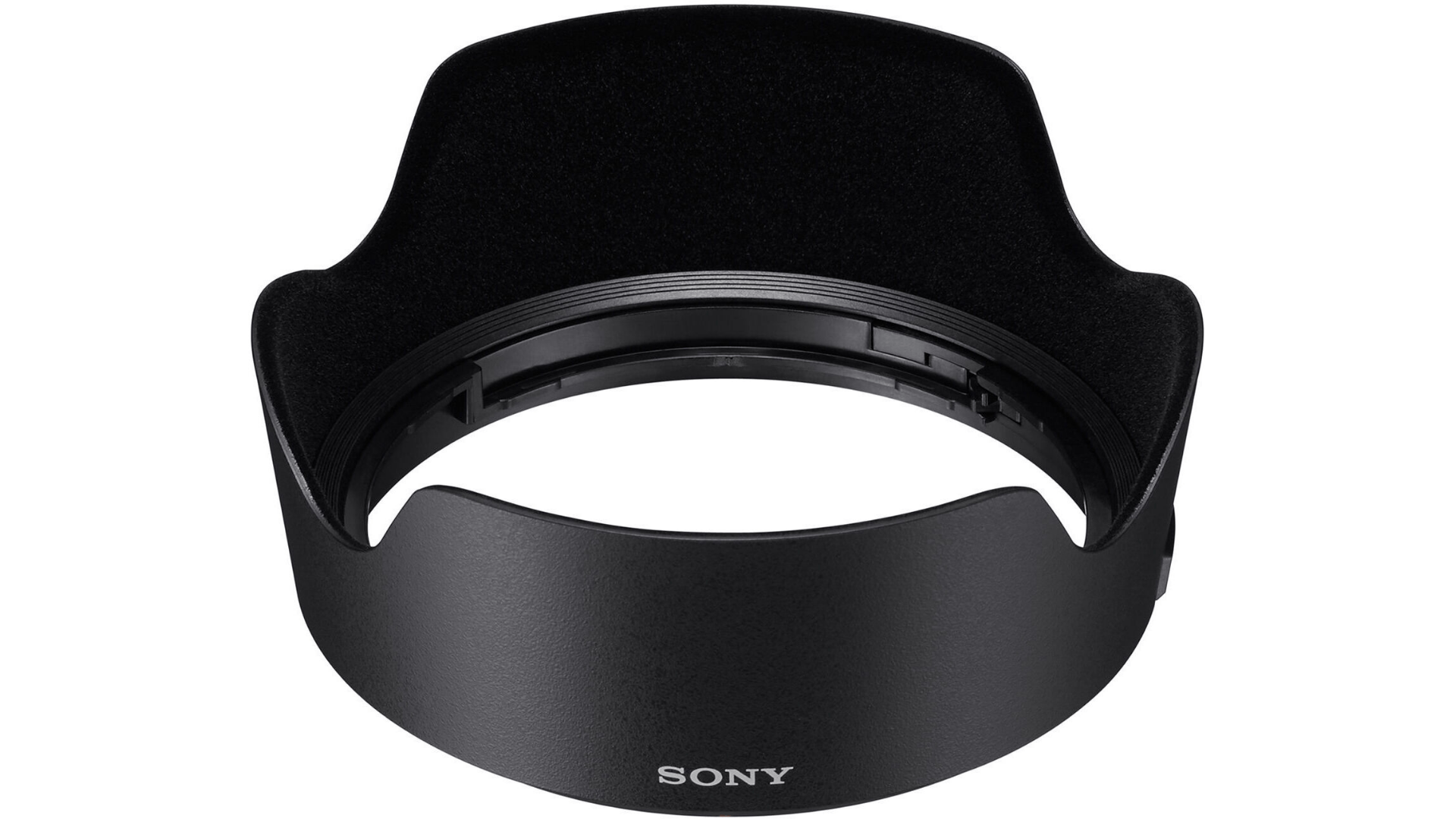
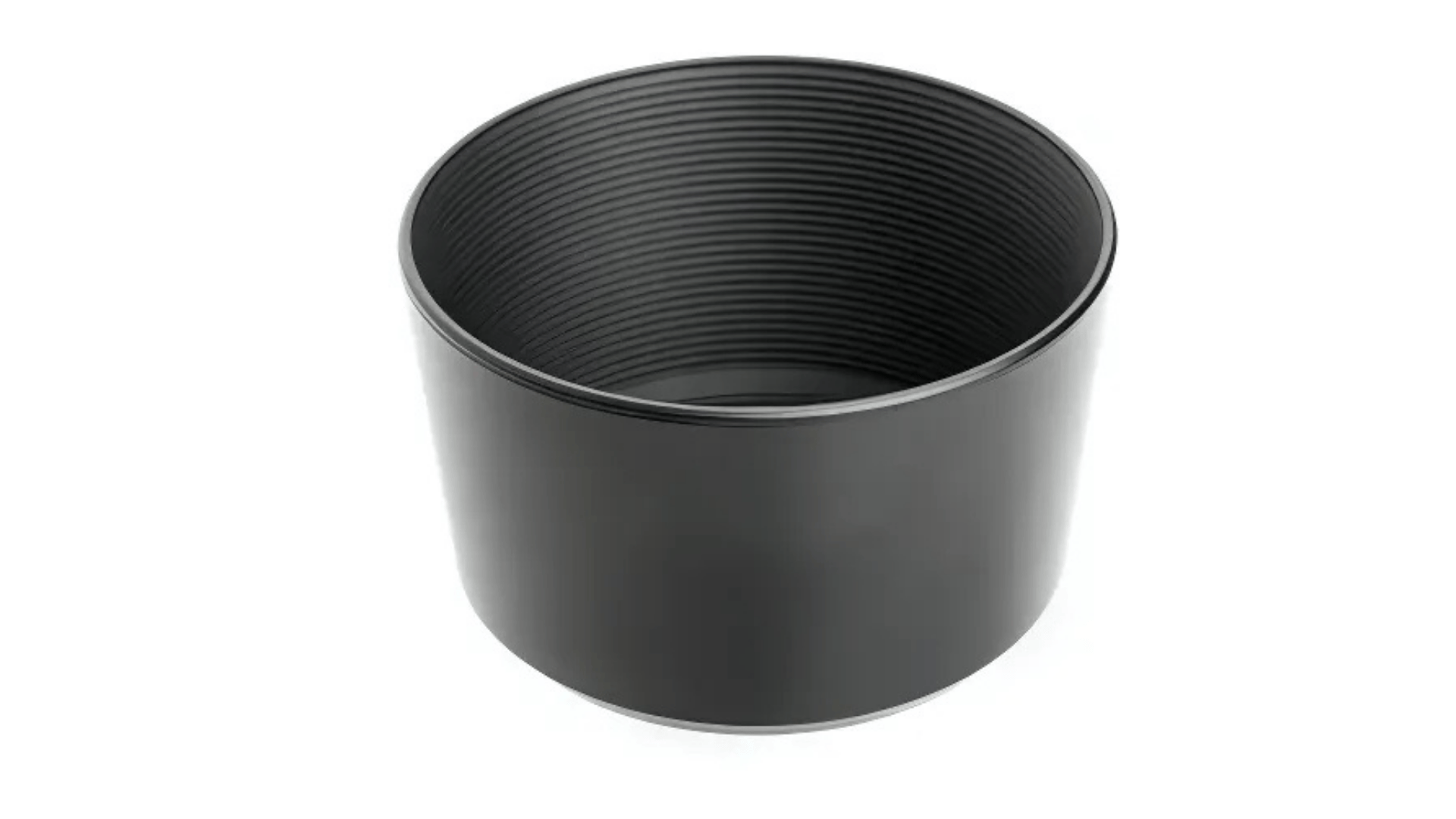
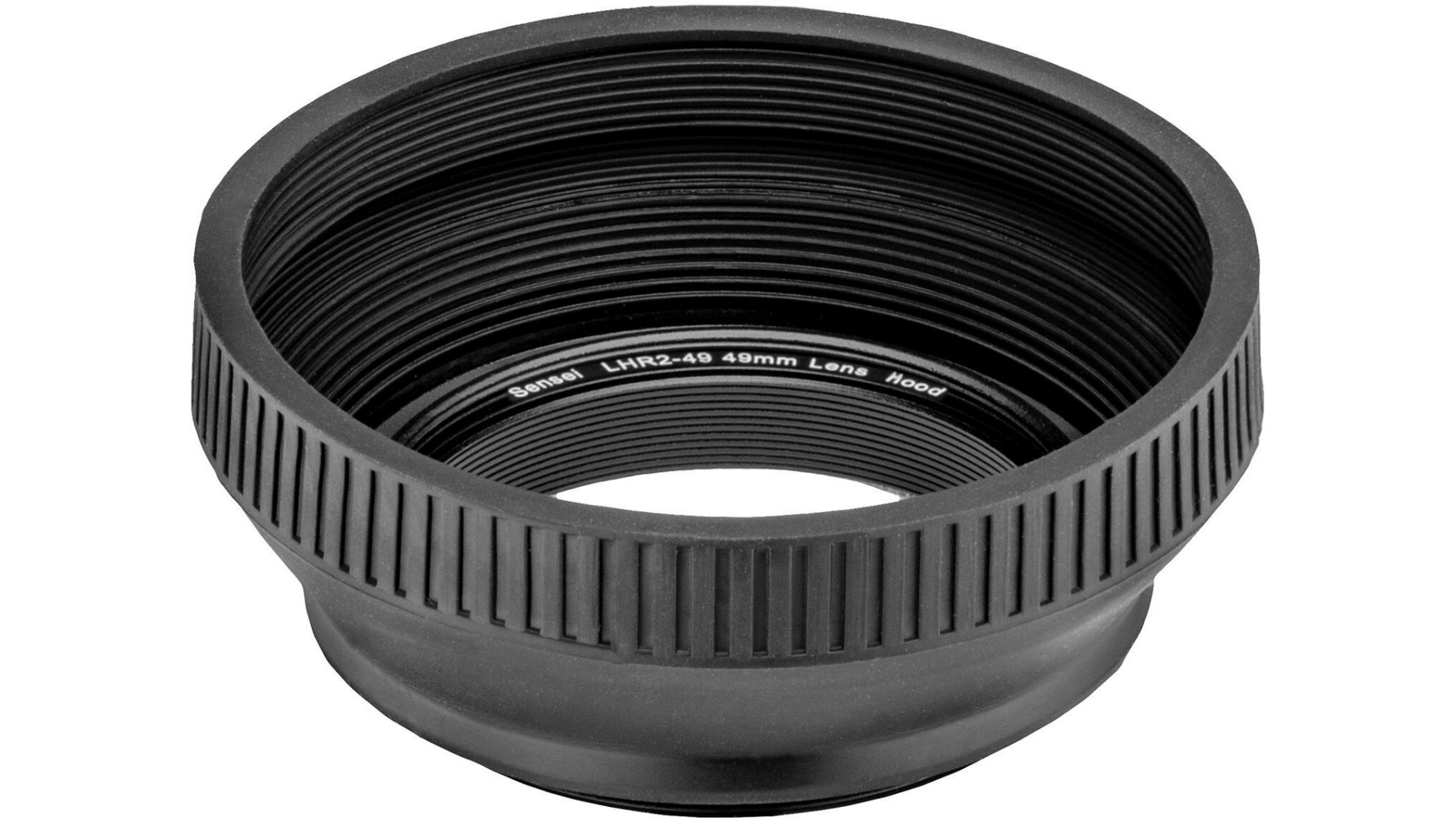
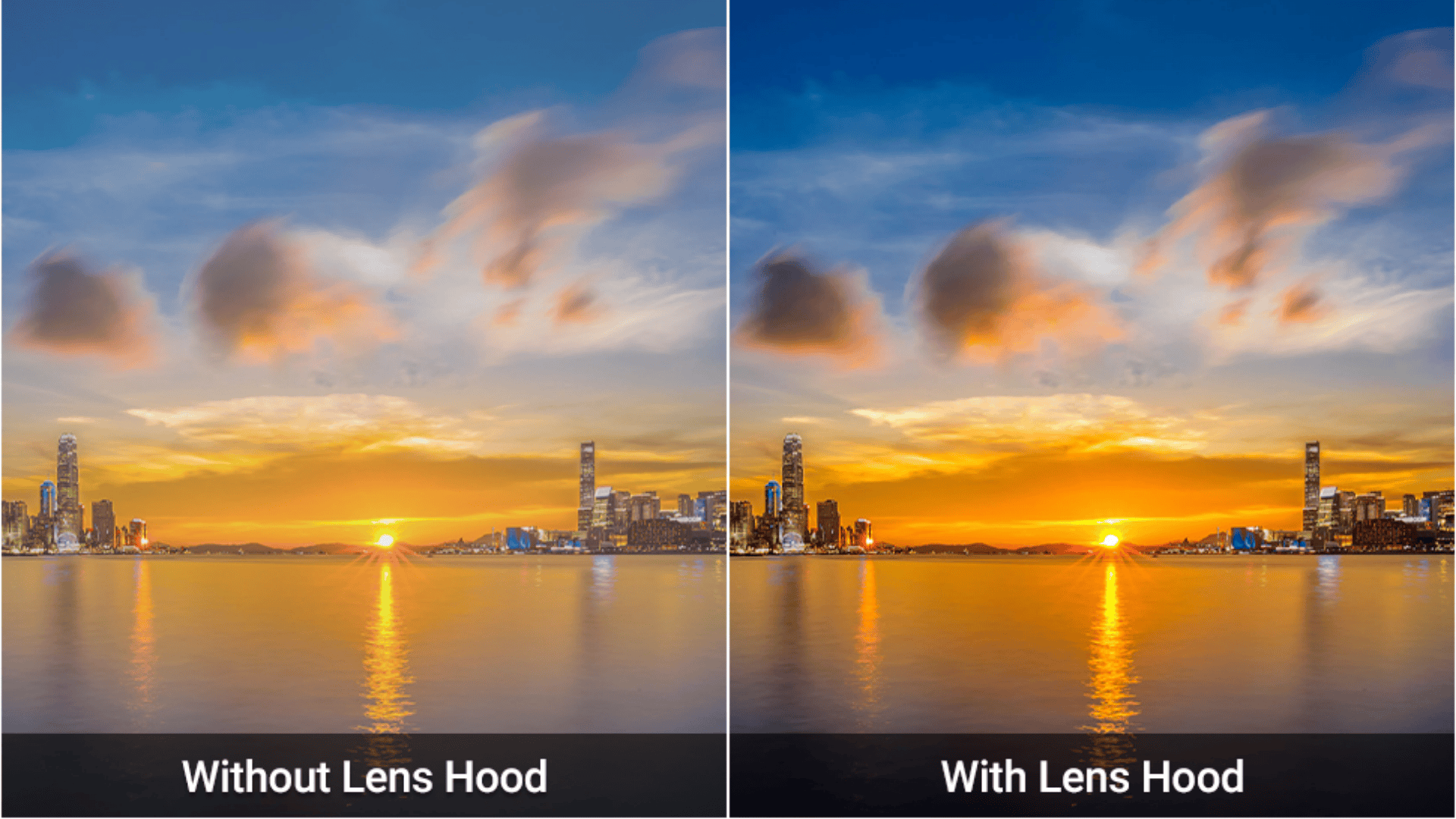
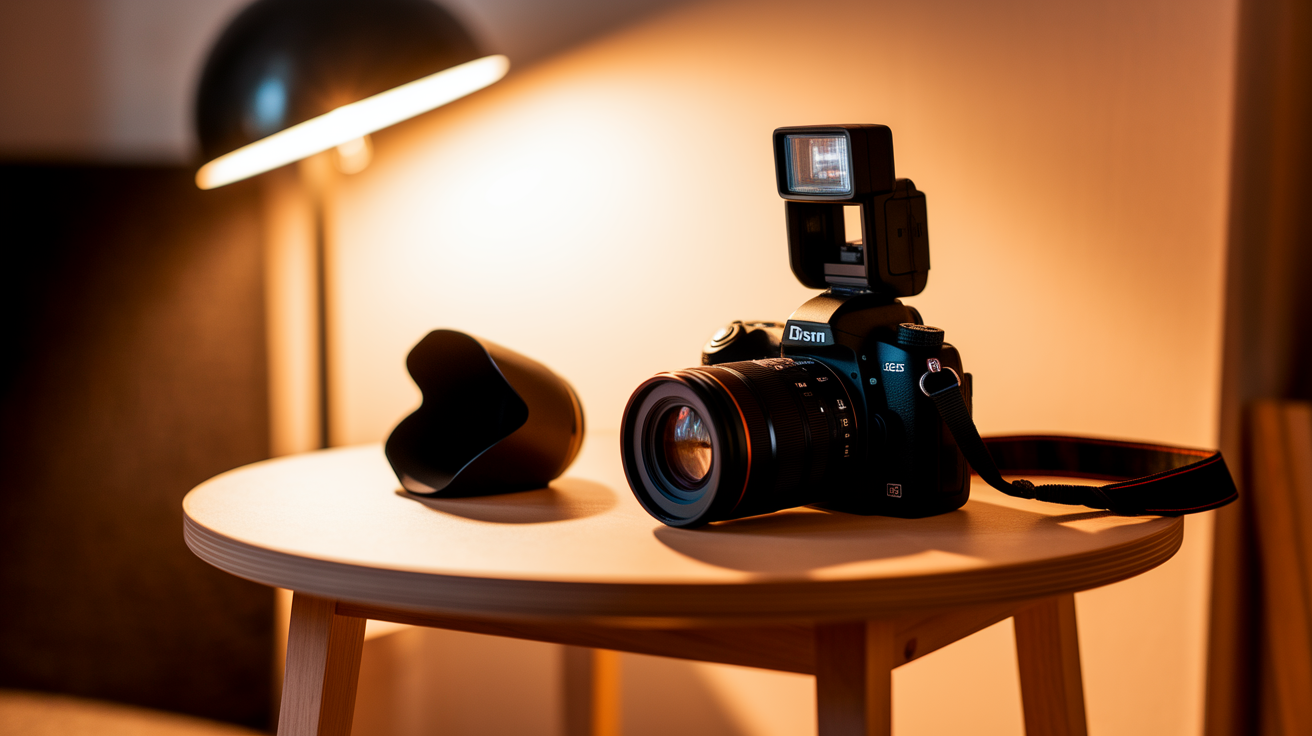

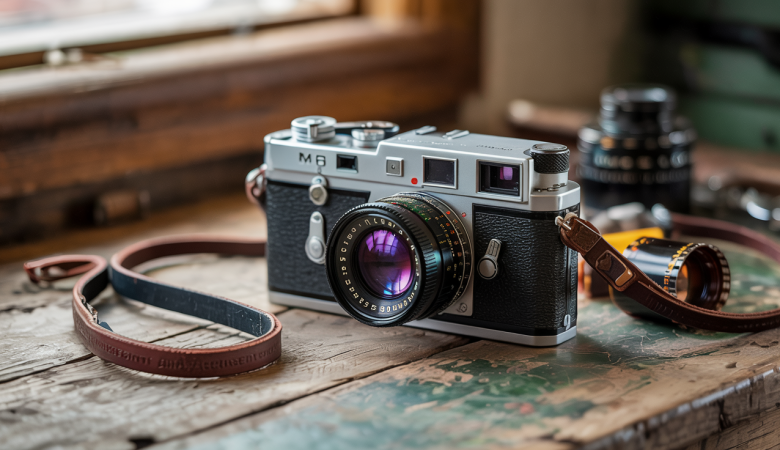
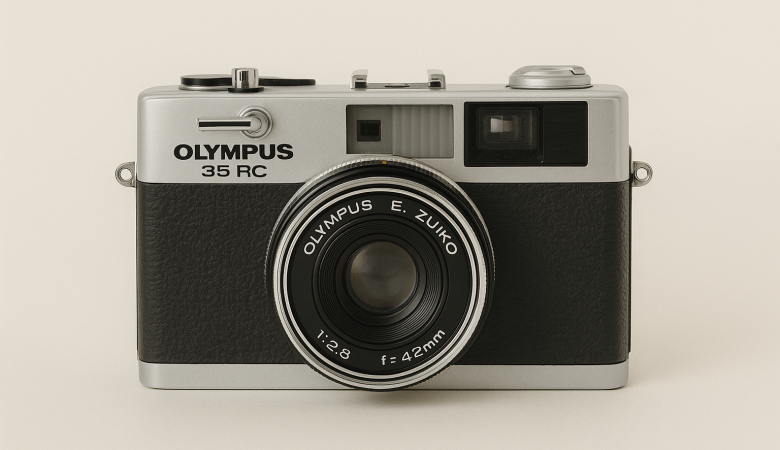
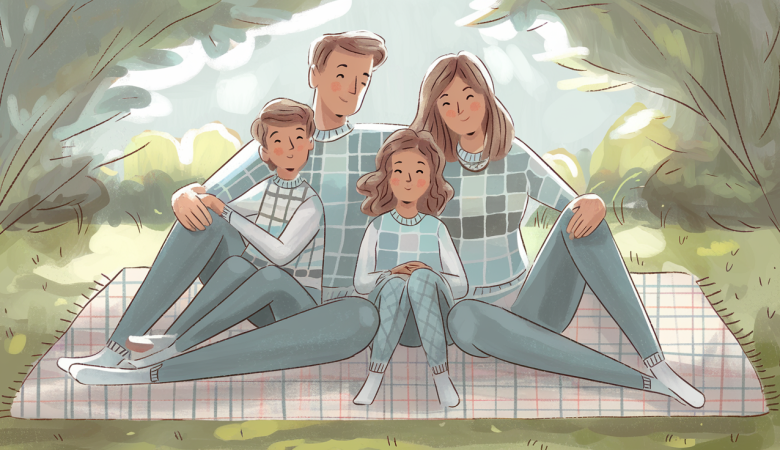
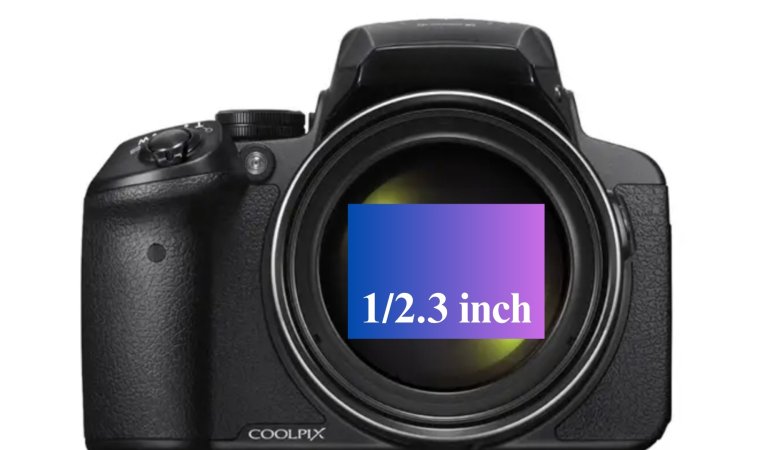
Leave a Reply